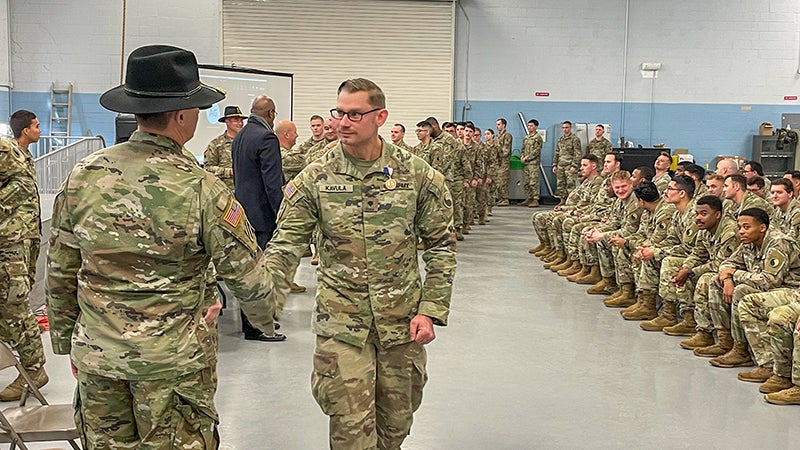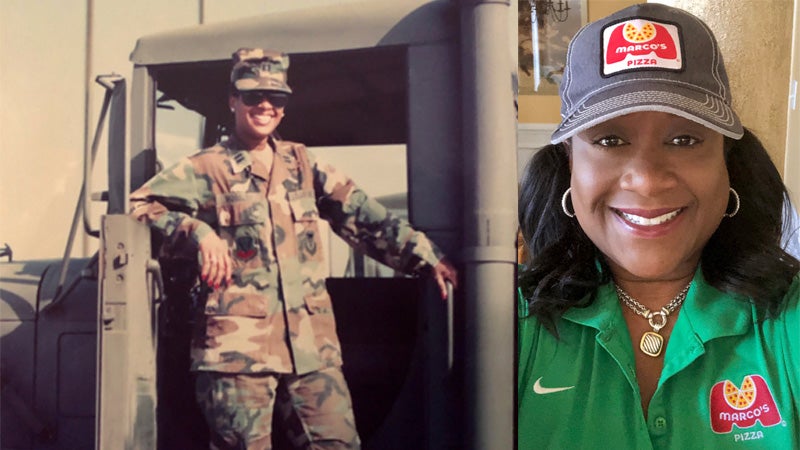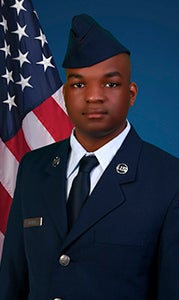Operation Overlord begins off Normandy
Published 10:26 pm Monday, June 6, 2011

Members of an American landing party lend helping hands to other members of their organization whose landing craft was sunk by enemy action off the coast of France. These survivors reached Omaha Beach by using a life raft.
June 6 — In the hours before dawn, the United States’ 101st and 82nd Airborne Divisions began dropping behind enemy lines on the right flank beaches of Normandy. Operation Overlord, which Gen. Dwight D. Eisenhower had called a crusade in which “we will accept nothing less than full victory,” had begun. The day would become known to history as D-Day.
More than 5,000 ships and 4,000 ship-to-shore transports were used in the attack, supported by 13,000 aircraft. A total of 150,000 Allied fighting men participated. And Virginians led the way into the worst of the fighting.
More than 130,000 Allied troops landed on five beaches, code named Omaha, Gold, Juno, Sword and Utah. While the forces on the left and right flanks were able to complete their tasks relatively easily, those that were slated to invade up the center, on Omaha Beach, found themselves in a hellish situation, blanketed by small-arms fire and bracketed by artillery from the moment they jumped off the troop carriers to their objective, a line of cliffs 200 yards from the water’s edge.
The lead element, Virginia’s 116th Infantry, suffered nearly 80 percent casualties, but gained the foothold needed for the invasion to succeed. The 116th’s artillery support, the 111th Field Artillery Battalion, also from Virginia, lost all 12 of its guns in high surf trying to get onto the beach. Its men took up arms from the dead and fought as infantrymen. Engineer support came from the District of Columbia’s 121st Engineer Battalion. Despite high losses, too, its men succeed in blowing holes in several obstacles clearing paths for the men to get inland off the beach.
By the end of the day, 6,603 Americans had been killed along the coast of France. A total of 9,758 Allied soldiers died during the invasion.
But the invasion was a success for the Allies, who were able to establish a second European front against Nazi Germany and used the foothold they had in southern France to begin their march of liberation across that nation. General George Patton’s Third Army raced across France, and on Aug. 25, 1944, Free French forces liberated Paris. On Sept. 16, U.S. troops reached the border of Germany.





